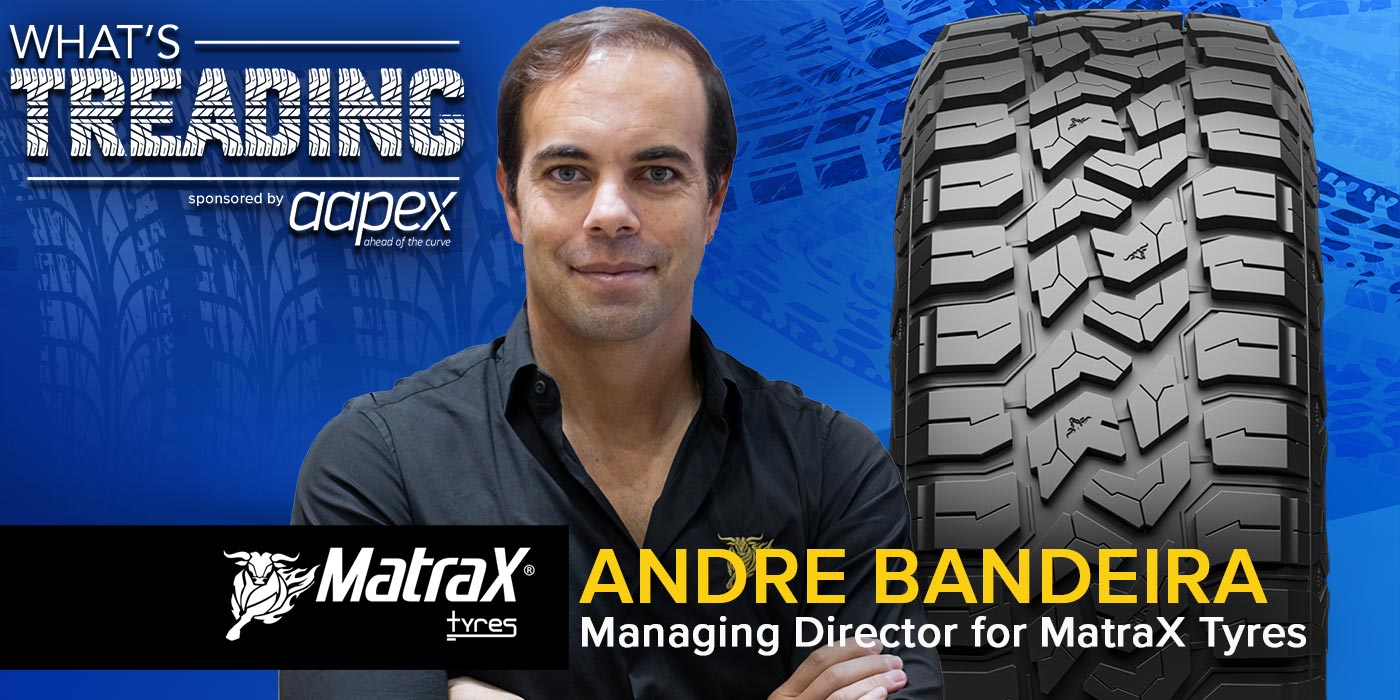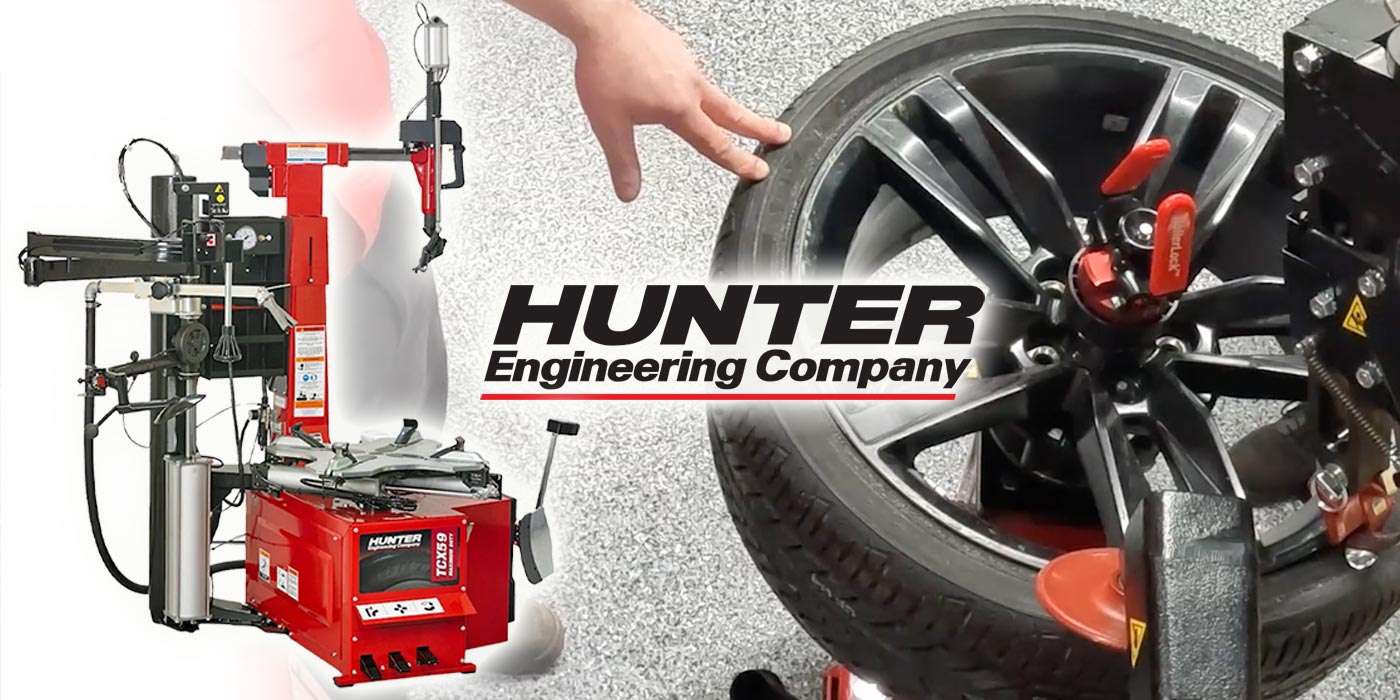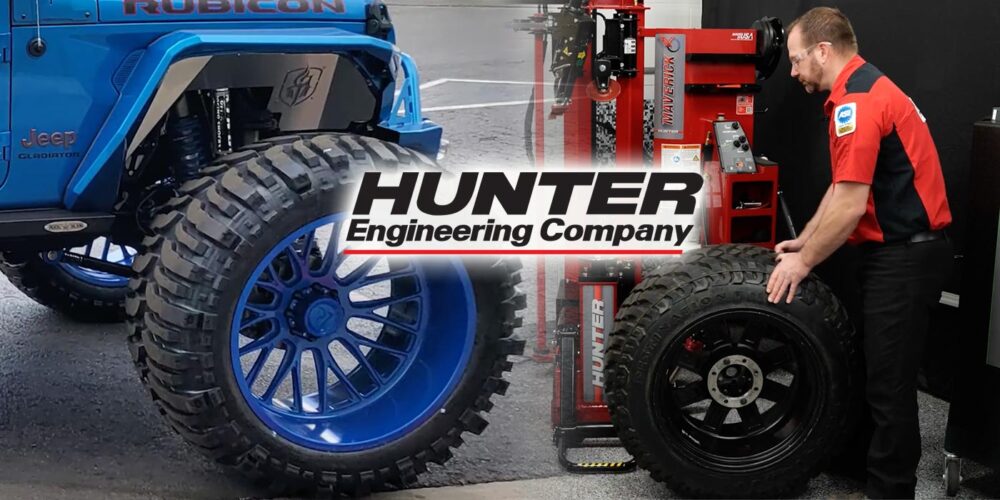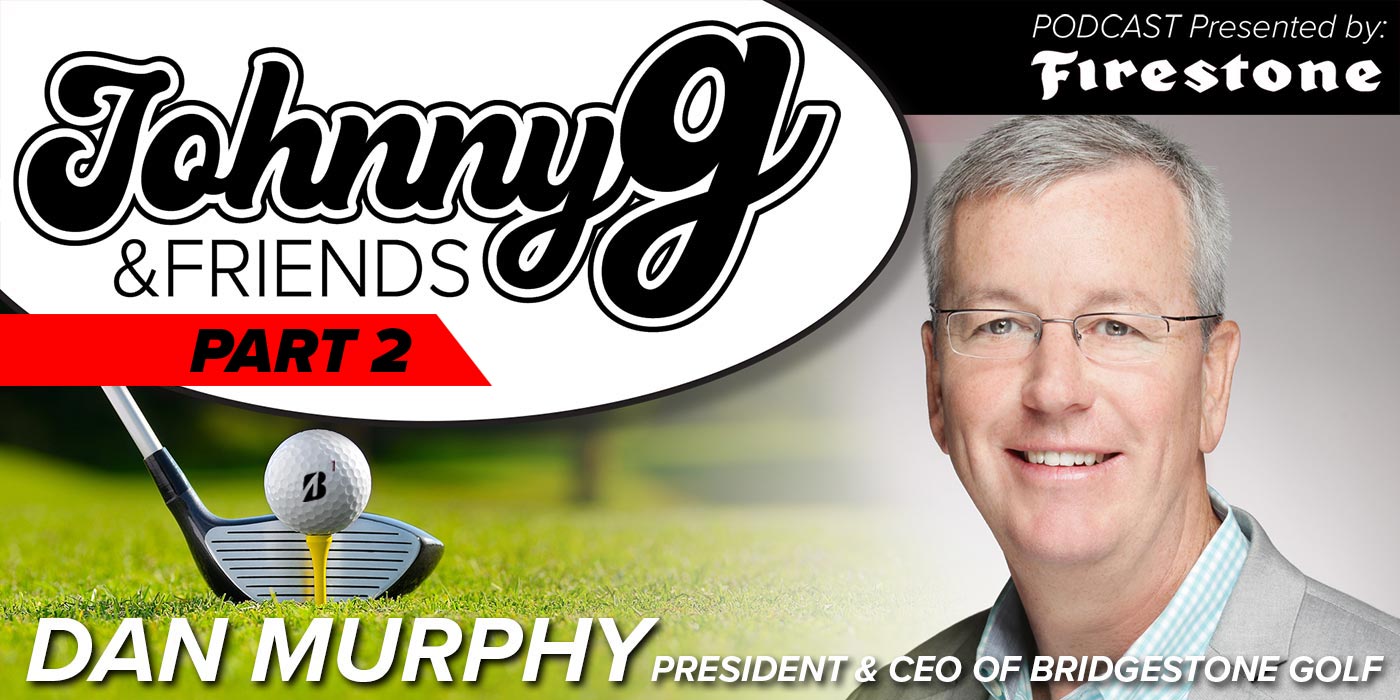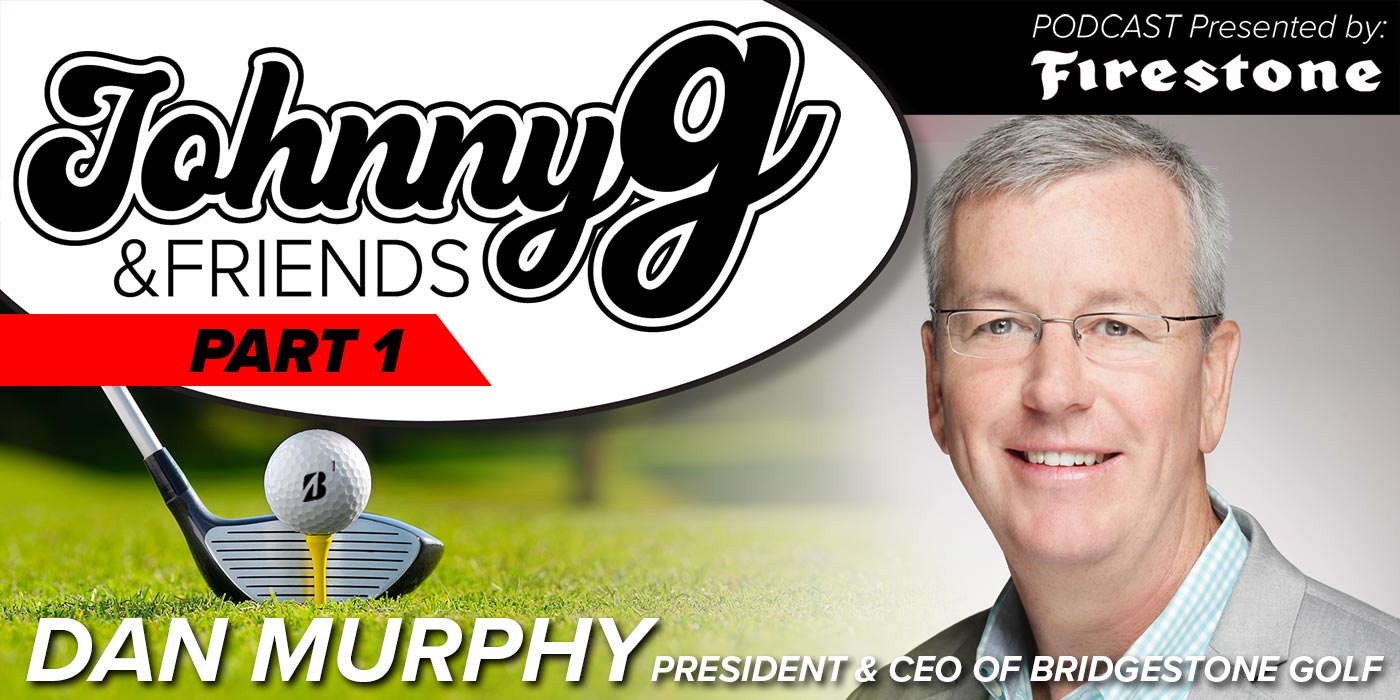If you look at the service manual for any 1980s vehicle, it will always recommend adjusting belt tension through a new oil change. To do this, you either use the adjuster or add shims to a pulley. On some vehicles, you may have had to adjust up to three belts, but that all changed thanks to multi-rib belts and automatic tensioners. The multi-rib belt increases the surface area a belt can use to transmit power to a pulley. The automatic tensioner keeps belt tension constant during changing engine speeds as well as loads. An automatic tensioner has a coil spring that applies the right amount of force against the belt to keep it tight.
The tensioner also provides a little give to absorb and cushion shock loads on the belt when the AC compressor clutch cycles on or when the electric power steering activates. Also, inside the body of the tensioner are parts that dampen the movement of the arm and spring. Think of it as a shock absorber for the belt system. All Continental Accu-Drive Tensioners include a patented, proportional dampening system tuned to the needs of individual vehicle applications. The tensioner’s spring and dampener are connected to the pivot shaft, which is critical to keeping the pulley aligned with the other components of the belt drive system.
The spring, dampener, and pivot shaft can fatigue and wear out, which can send the customer to your shop. But you need to do more than listen, you need to look and feel. With the engine idling, look at the amount of movement on the arm. The tensioner should not jump but operate smoothly. Any flutter could be caused by the failure of the internal components or loose mounting bolts. However, if the bolts are tight, replace the tensioner. Some tensioners have marks on the body and arm. If the marks don’t line up or if the marks move around a lot when the engine is running, it is a sign the dampener or spring has failed.
Look at the gap between the tensioner’s arm and body. If misaligned, the shaft bearings and bushings are probably worn. If the belt is chirping or not tracking correctly, again, there could be internal tensioner wear, a cracked, broken tensioner casting or arm, loose mounting bolts or a worn pulley bearing. In general, if the tensioner is not operating smoothly, shows signs of tilt or as seized, showing no movement, there could be internal damage or wear such as a broken spring or a failed bearing or internal contamination from dirt or water. The best choice is to replace the tensioner. You should recommend the tensioner be replaced before it fails. It is a good practice to replace a tensioner when replacing the belt or if a component on or behind the drive belt system is replaced. Thanks for watching.


